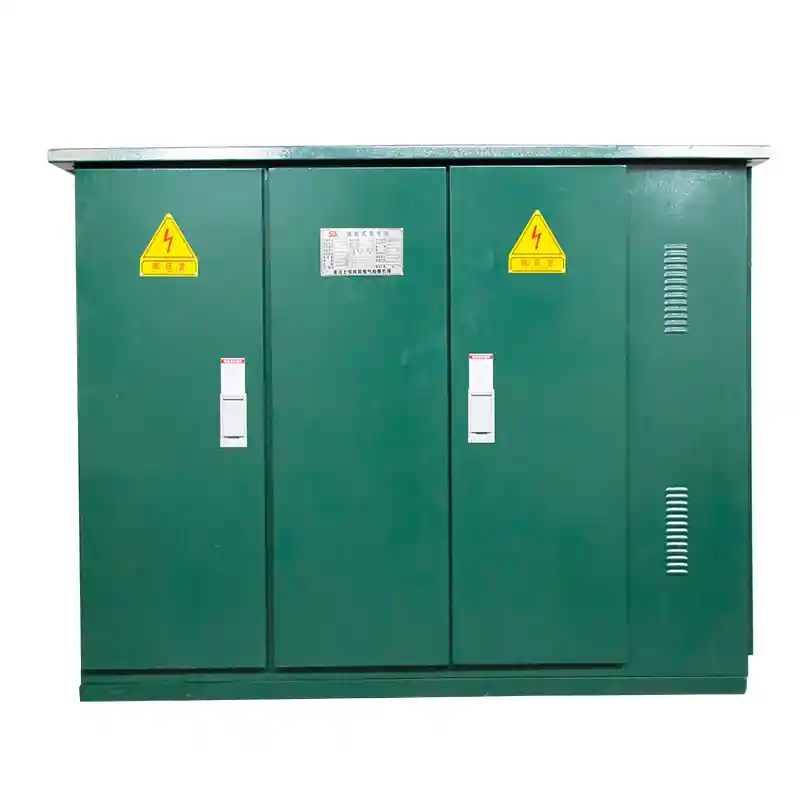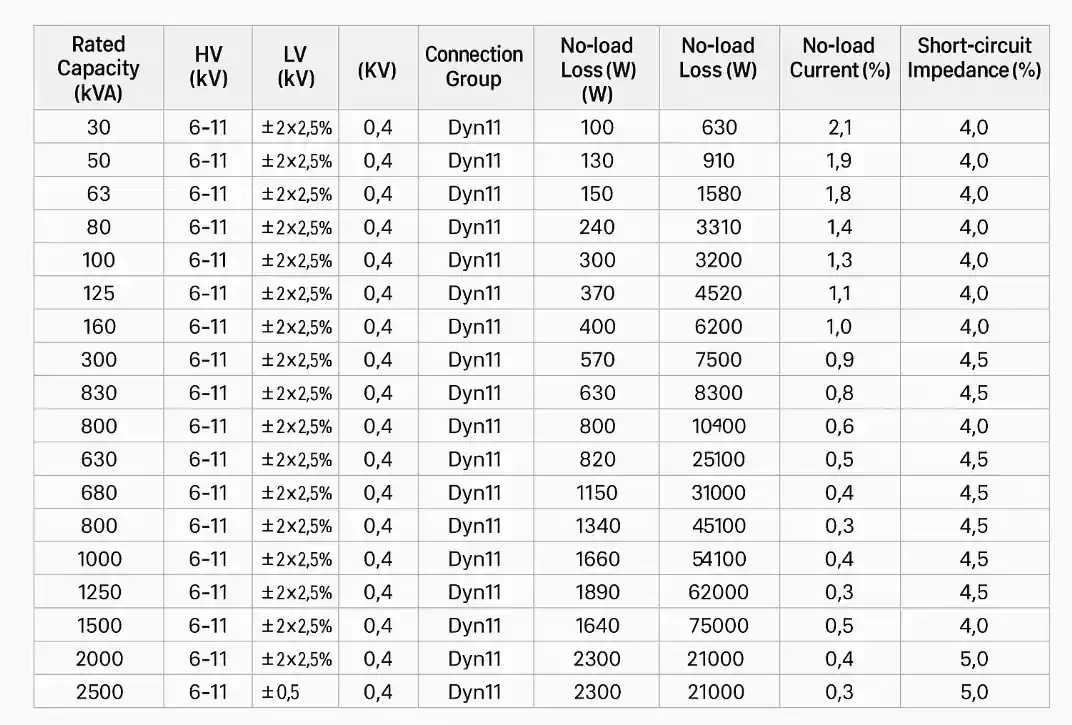“Compact substation structures and traditional substations are two distinct approaches to managing electrical power distribution. Key differences lie in their design, functionality, and installation requirements. Compact substations boast a smaller footprint, reduced material usage, and faster deployment, making them ideal for urban areas and remote locations. Traditional substations, on the other hand, offer greater capacity and customization options, but require more space and complex installation. Understanding these differences helps engineers and project managers make informed decisions when designing and implementing substation infrastructure.”

“Explore the key differences between compact substation structures and traditional substations. Compact substations offer a more compact and efficient design, ideal for urban areas and space-constrained locations. They feature a reduced footprint, lower installation costs, and improved maintenance accessibility. In contrast, traditional substations require more space, are often more expensive to install, and may have limited maintenance access. Discover how compact substations revolutionize the way we approach substation design and operation.”



